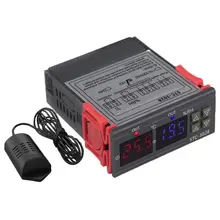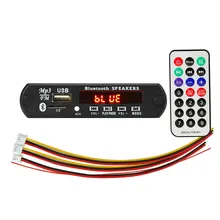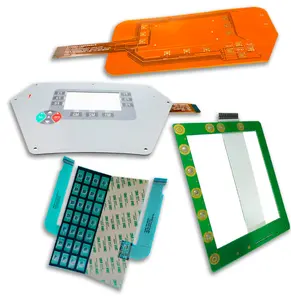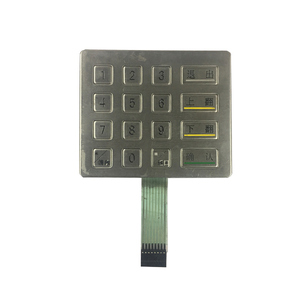Exploring the Versatility of the 4x4 Keypad
The 4x4 keypad stands as a versatile interface component, commonly utilized across various electronic applications. This matrix-style keypad features sixteen buttons arranged in a four-by-four grid, allowing for a compact design that can be integrated into numerous systems.
Types and Applications
There are several types of 4x4 keypads, each tailored for specific applications. For instance, some are designed for use with microcontroller platforms like Arduino, making them ideal for DIY projects and educational purposes. Others are crafted for home appliances, providing a reliable interface for user input. Additionally, keypads are integral to access control systems, where they serve as secure input devices for entry codes.
Design Features and Materials
The design of a 4x4 keypad often incorporates tactile switches that offer a responsive user experience. Materials range from durable plastics to metals, with some keypads featuring backlit keys for visibility in low-light conditions. The color options typically include black and silver, allowing for aesthetic integration with various devices.
Technical Specifications
When selecting a 4x4 keypad, it's essential to consider its technical specifications. This includes the operating voltage, current rating, and the interface protocol it supports. The durability of the keypad is often reflected in its lifecycle, which indicates the number of presses each key can withstand before failure.
Advantages of Using a 4x4 Keypad
The compact and efficient layout of a 4x4 keypad makes it a preferred choice for designers looking to save space while providing a full set of input options. Its simplicity allows for easy integration into circuits and systems without the need for complex programming or additional hardware.
Choosing the Right 4x4 Keypad
Selecting the appropriate 4x4 keypad requires an understanding of the device's intended application and environmental conditions. Factors such as the tactile response, material robustness, and compatibility with existing systems play a crucial role in the decision-making process.











































 浙公网安备 33010002000092号
浙公网安备 33010002000092号 浙B2-20120091-4
浙B2-20120091-4